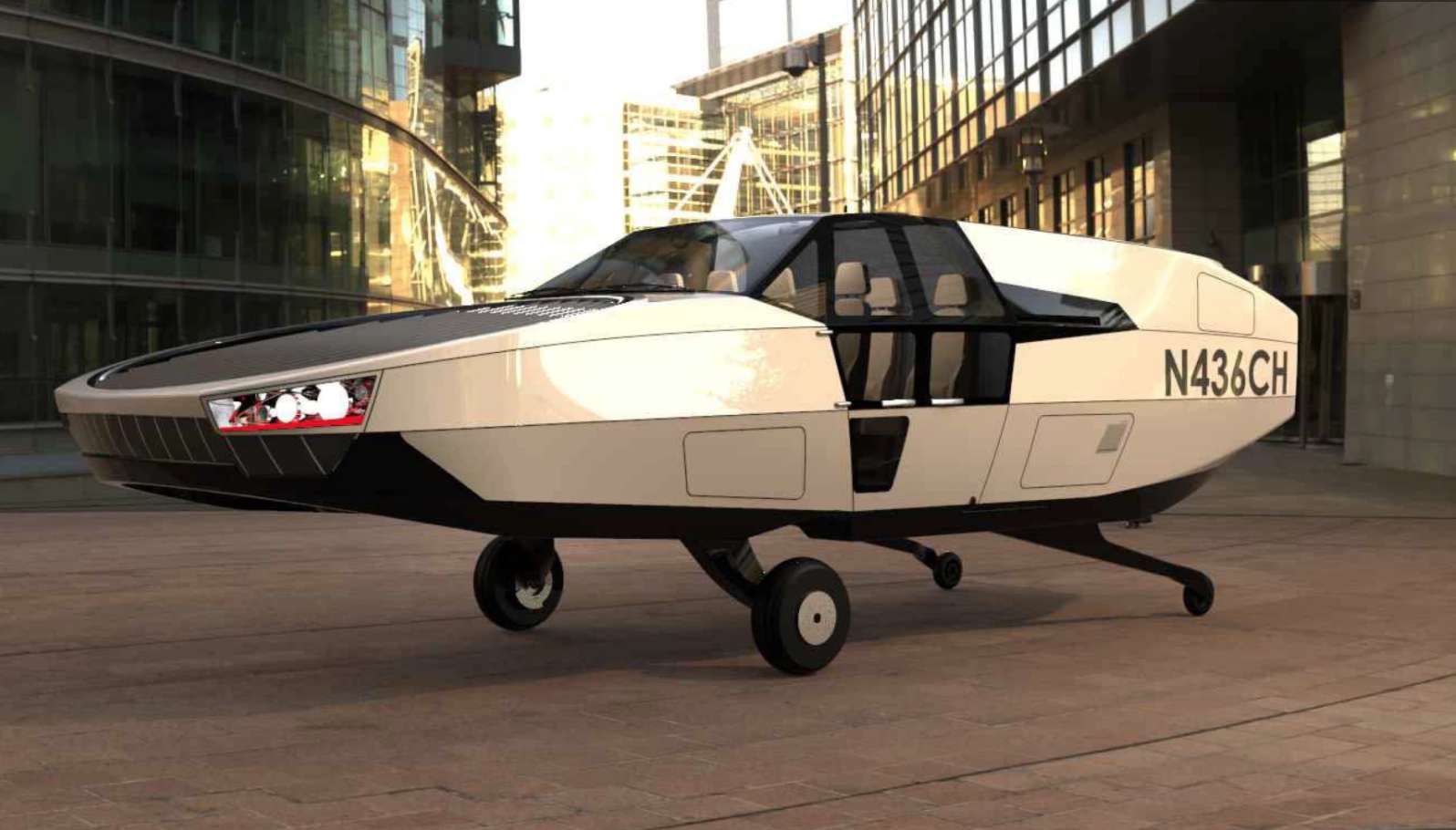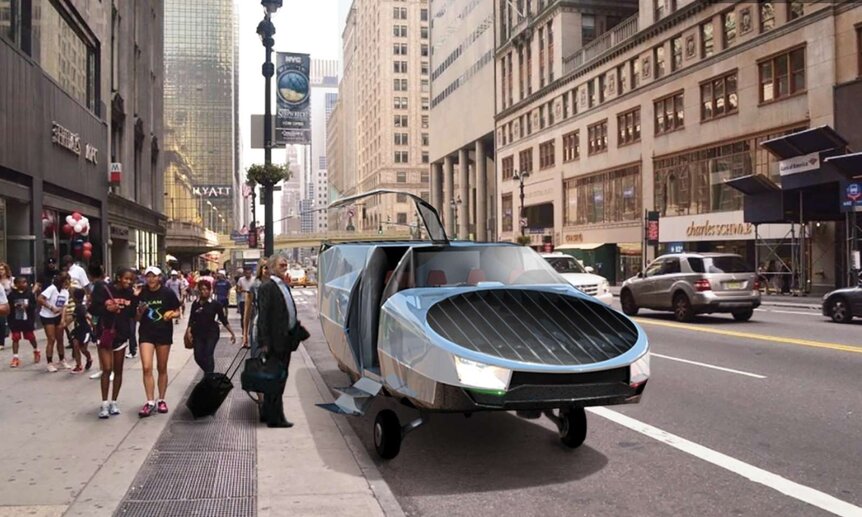Create a free profile to get unlimited access to exclusive videos, sweepstakes, and more!
New Vertical Takeoff and Landing flying taxi has its roots in modern sci-fi films

Flying automobiles have long been a staple of science fiction's optimistic visions of tomorrow, right up there with rocket jetpacks, holidays on the moon, and robot butlers. And who wouldn't want to climb into a vehicle capable of rising up into the air above the clogged arteries of traffic experienced on most major boulevards, highways, and freeways?
Now a lofty new air taxi being built by the Israeli startup firm Urban Aeronautics hopes to cash in on those promises with its new Vertical Takeoff and Landing (VTOL) car that unites technology with Jetsons-like futuristic dreams mostly only observed in films like Blade Runner, The Fifth Element, Back to the Future, and most recently on TV in Season 3 of HBO's Westworld.
This innovative hydrogen-electric fuel cell powered air taxi called the CityHawk, conceived and designed by Urban Aeronautics, provides full Vertical Takeoff and Landing capabilities employing massive ducted fan engines to provide lift and propulsion. The forward-thinking firm is partnering with HyPoint to develop a long-range, emissions-free version of its sleek CityHawk aircraft, which is based on Israel Defense Forces' Cormorant/AirMule design.
Initial manned flights of this hybrid-powered, 170-mph craft will take place in 2021-22, before it's converted to run full-time on advanced hydrogen fuel cells. For its first testing stages, CityHawk will be carried aloft by a huge pair of contra-rotating props at the front and back end, powered by a pair of 1,000-horsepower turboshaft engines connected to electric generators that charge batteries to juice up rear-facing thruster props for forward motion.
The distinctive flying car's airframe is unique in the arena of commercial eVTOL air taxis, with an obvious absence of wings or external propeller arms. The craft will carry a small footprint similar to a full-size SUV.
Urban Aeronautics has named the six-seater design a "fancraft," indicating the CityHawk's massive twin fans located at the front and rear of the streamlined machine. Tiltable vanes installed at the inlet and outlet sides can be shifted to produce yaw and horizontal movements.
Hydrogen is quickly becoming an enticing technology in the blossoming electric aviation market, with exceptional energy density compared to lithium batteries, as well as super-quick refueling as opposed to long waits on a battery charger.
“We look forward to collaborating with HyPoint on the integration of the next generation of hydrogen fuel cell systems for eVTOL transportation and the urban air mobility market,” explains Rafi Yoeli, CEO of Urban Aeronautics, in a statement. “As a high-power, 100 percent environmentally friendly fuel, hydrogen is key to the future of eVTOL aircraft.”
While infinitely more attractive than the dented air-cab driven by Bruce Willis' Korben Dallas in The Fifth Element, there are still some obstacles to overcome before the finished product is revealed next year.
Like with its non-transitioning VTOL configuration, which makes CityHawk a bit of an energy hog compared to competing winged VTOL designs. Lithium battery powertrains would not give it the lift necessary to sustain flight, but a hydrogen fuel cell system can deliver close to the fortitude of a turbine engine design by employing modern technologies.
"We’ve optimized the design for maximum utility by prioritizing an extremely small footprint together with a high payload capacity," Yoeli tells SYFY WIRE. "This isn’t possible with batteries since their heavy weight both cuts into the amount of useful payload and doesn’t allow for a compact design so we are “leapfrogging” today’s battery technology and going straight to hydrogen."
Up, up, and away!





























